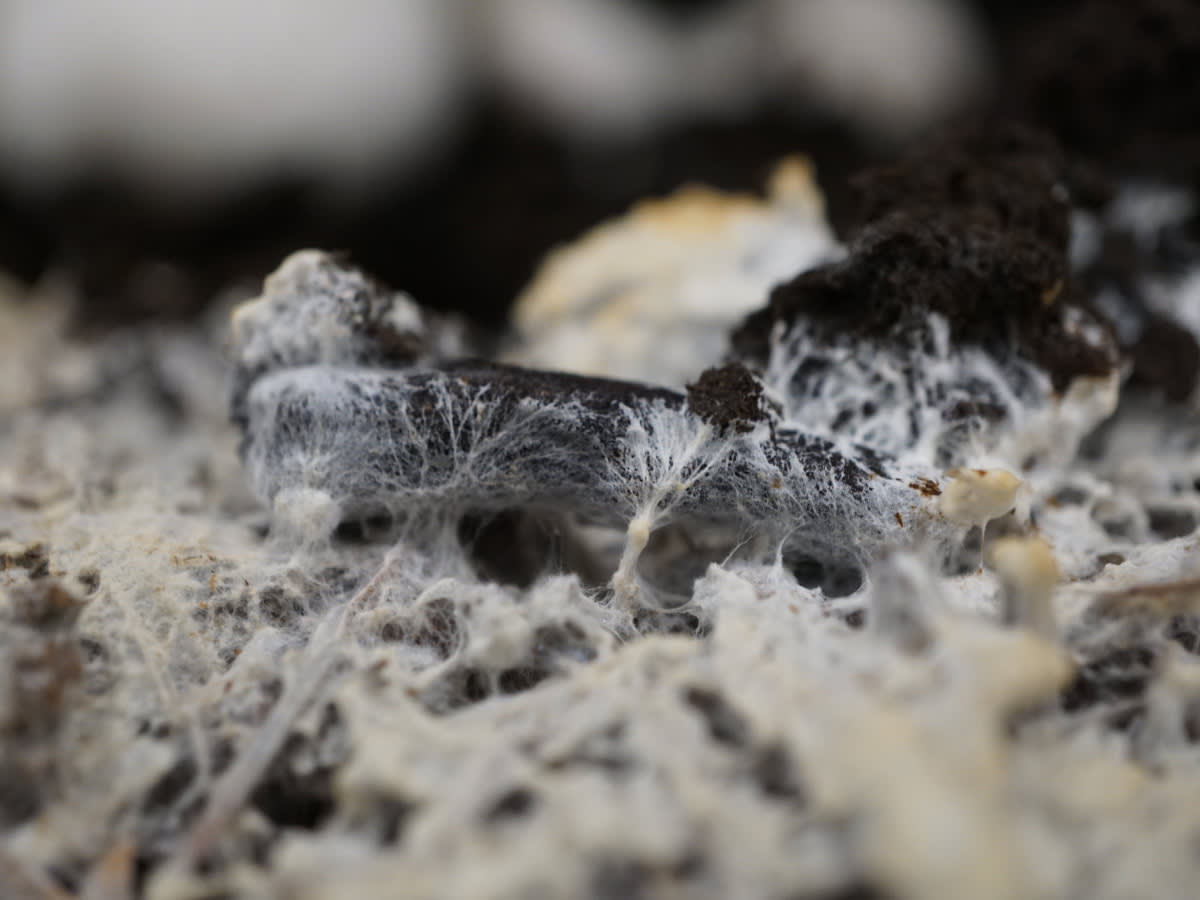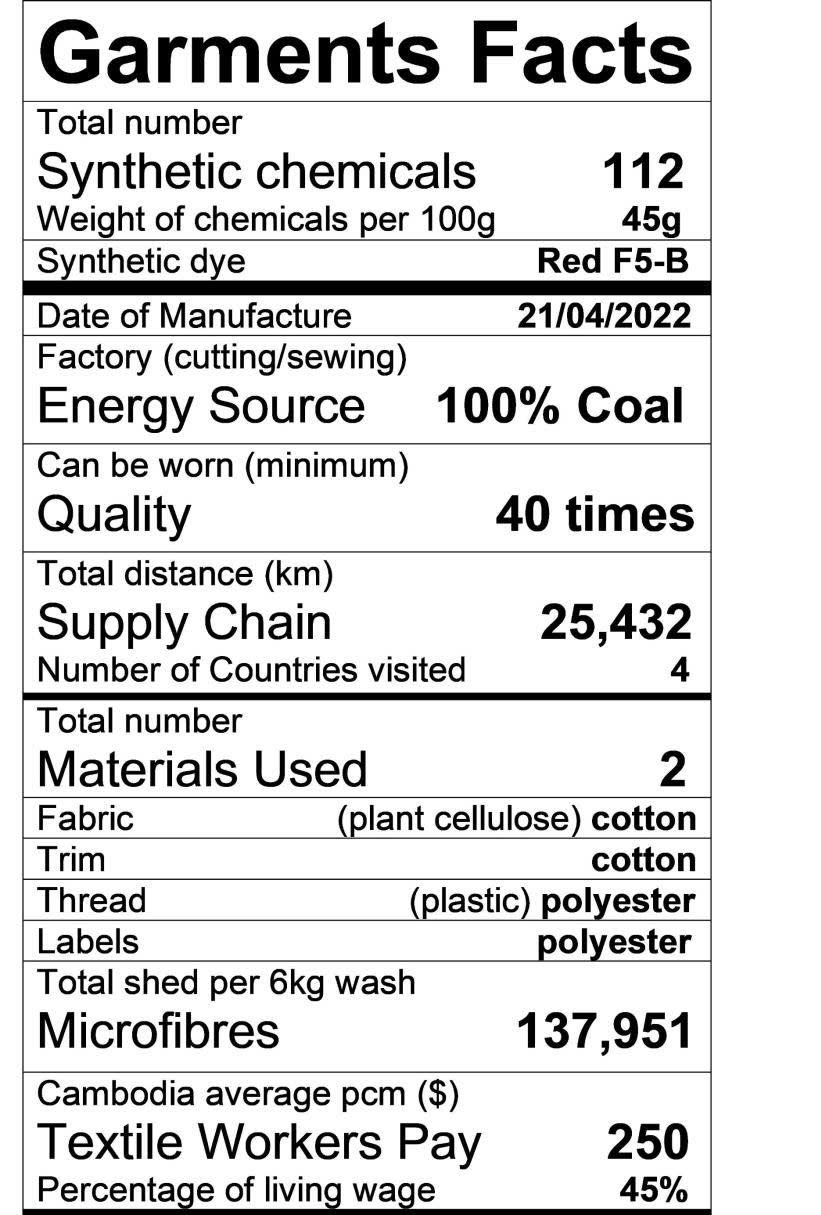"Focus on longevity" - Efrat Friedland on material innovations and sustainable design
How can the choice of materials affect a product’s ecological footprint and impact? Material consultant Efrat Friedland has advised customers in a range of industries on over 100 projects. Now she urges companies and designers to make bold choices when selecting materials.

Positive Plastics: A toolbox for discovering plastic with a positive impact. © Positive Plastics Oy
For over 17 years, industrial designer and materials expert Efrat Friedland has explored the properties and potential of innovative materials, consulted for companies in various industries and contributed to international materials libraries.
We spoke with her recently about the Milan Furniture Fair Salone del Mobile, her advice to companies who want to reduce their environmental impact and how her new project, the Positive Plastics sample kit, can help designers choose more responsible material options – including winning over the client.
Efrat Friedland, Founder of materialscout and Co-founder of Positive Plastics
iF: You just returned from Milan. What did you see in terms of innovative materials?
Efrat Friedland: What I mostly saw is the absence of these materials, in the sense that there were so many new products presented, most of them made of virgin materials; new materials, be it natural ones (stone, wood, leather) as well as man-made materials.
When we search for innovation in materials, rather than focusing on materials only, we should review and inspect the products or spaces in question. How are the materials composing the entire product implemented and connected to each other? How are they processed? Were there unnecessary secondary processes applied (coating, lacquering)? Is the product made of many different materials or was there a sincere attempt to reduce materials as much as possible?
After ticking all these boxes, if the material/s used are from renewable resources or with a high percentage of recycled content and also recyclable (depending on the application), we might be looking at a better, innovative, product.
What I also observed, which was no surprise to me, is that most of the interesting materials presented were conceived by young, independent designers and design students. I also came across a few young materials manufacturers that are courageous enough to try new formulas and are ready for scale-up. In most cases, these materials belong to the bio-composite material family, mixing natural fibres or fillers with polymer substrates.

Efrat Friedland was educated and trained as an Industrial designer and has spent the last 17 years focusing on materials and technologies in the field of Industrial Design and Architecture. Along with her materials consultancy work, she has established materials libraries, curated numerous materials exhibitions and spoke at international conferences.
Image © Efrat Friedland
iF: What advice do you have for companies who want to create products with a smaller ecological footprint?
EF: My first piece of advice would be: “Stop producing unnecessary new products”. Reduce your portfolio of products and offer only ones that are distinctly different from each other. Redesign your existing ones to become better for users and for the environment. Focus on longevity by choosing adequate materials and stable technologies, invest in creating an emotional bond between users and the products so they will likely hold on to them longer.
Implement a take-back scheme, as soon as you can. It might be a huge investment at the beginning, but in the long run, you will get your products and parts and materials back for repair, remanufacturing or recycling. Value those materials, even if they are plastics. Only then, could you gradually become independent and reduce your supply chain. Source locally and produce locally.
iF: What is the Positive Plastics material kit and how can it help designers select better materials?
EF: The sample kit is a set of plastics from different manufacturers, all of which contain either recycled plastics or biomaterials (or both). Each sample is 10 x 10 cm and has a number of interesting features for designers to try out and test. The lever in the middle lets you test the stiffness of the material, surface finishing and more. The shape makes it easier to picture what the material could look like as headphones, a coffee maker or whatever it is you’re designing.

Efrat Friedland, Founder of materialscout and Co-founder of Positive Plastics
Image © Positive Plastics Oy
Biomaterials: The future of plastics?

Lignin

Mycelium

Tencel and Ioncell

Lignin

Mycelium

Tencel and Ioncell
The Garment Facts Label
Since the European Union adopted the EU digital product passport in March 2022, manufacturers will soon have to include information on the materials in their products. Whether the future label on products looks like a QR code or more like a nutritional label remains to be seen.

The Garment Facts Label was imagined by materials researcher Peter Gorse, and in addition to information on materials, also includes energy demands and worker compensation. He based his Garment Facts Label on the nutritional label in the food industry.
Image: Garment Facts Label © Peter Gorse, Cranfield University, UK.


